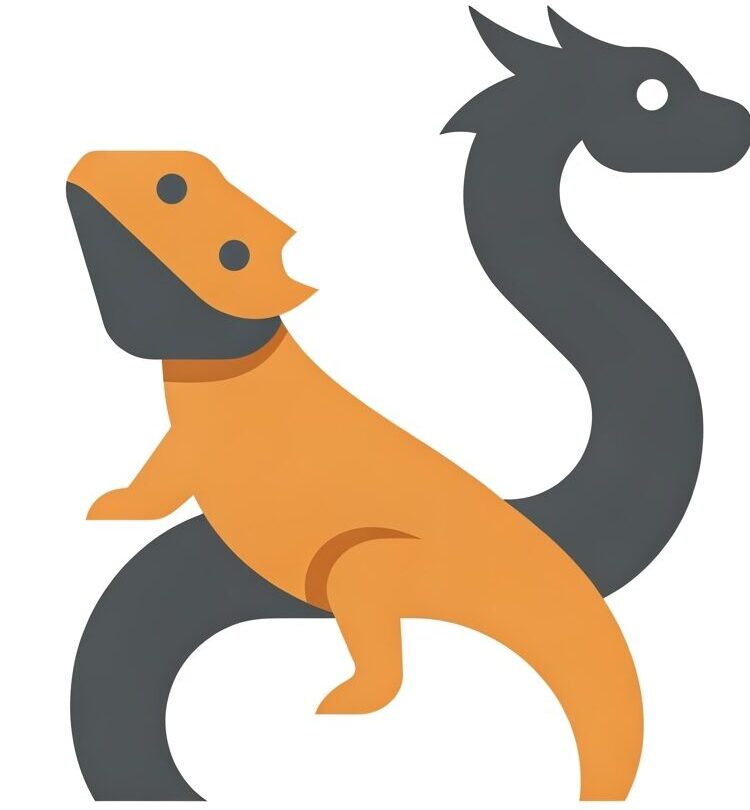Why is My Leopard Gecko Waving Tail Slowly? Common Causes Explained
Seeing your leopard gecko waving their tail slowly can be a little confusing and even worrying. This article will explore some of the most common reasons why your gecko might be exhibiting this behavior, helping you understand what might be going on.
Understanding Waving Tail Slowly in Leopard Geckos
Waving the tail slowly in leopard geckos isn’t always a cause for immediate panic, but it does warrant closer observation. Unlike the rapid tail wagging that indicates excitement (usually around feeding time), a slow tail wave can signify a variety of things, ranging from environmental discomfort to potential health problems. It’s essentially your gecko’s way of communicating something isn’t quite right.
Common Causes for Waving Tail Slowly
Here are some of the most likely reasons your leopard gecko might be waving their tail slowly:
- Environmental Issues:
- Temperature Imbalance: Leopard geckos are ectothermic, meaning they rely on external sources to regulate their body temperature. If the temperature in their enclosure is too low or too high, or if the temperature gradient (warm side vs. cool side) isn’t adequate, they may exhibit this behavior as they try to adjust or communicate their discomfort. For example, a cool enclosure slows metabolism and can cause lethargy paired with this unusual tail movement.
- Humidity Problems: While leopard geckos don’t need high humidity, incorrect humidity levels (either too high or too low) can lead to shedding problems and overall stress. This stress can manifest as the slow tail wave.
- Inadequate Enclosure Size/Setup: A small enclosure or lack of proper hiding places can cause significant stress. Stress can sometimes trigger this tail behavior. Ensure your gecko has enough space to move around, explore, and hide comfortably.
- Stress Factors:
- Excessive Handling: Leopard geckos generally tolerate handling, but too much can be stressful. If you’ve been handling your gecko more than usual lately, it could be a contributing factor.
- Changes in Environment: Sudden changes in their environment, such as rearranging the enclosure, adding new decor, or moving the tank to a different location, can be upsetting. Even changes in lighting can impact a gecko’s behavior.
- Loud Noises and Other Pets: Constant exposure to loud noises or the presence of other pets (especially predators like cats or dogs) can cause chronic stress, leading to the tail waving.
- Shedding Issues:
- Difficulty shedding, particularly around the toes or tail, can cause discomfort and stress. The tail waving could be a sign of this discomfort or even an attempt to dislodge stuck shed. Look closely at your gecko’s toes and tail tip for any signs of retained shed.
- Health Problems:
- While less common initially, the waving may indicate a general underlying issue causing a discomfort or pain. This can include impacted bowels, slight MBD (Metabolic Bone Disease), or internal parasites.
When You Should Be Concerned
While a single instance of slow tail waving might not be alarming, look out for these warning signs that suggest a more serious health issue and warrant a vet visit:
- Lethargy: Decreased activity levels or spending more time hiding.
- Lack of Appetite: Refusing food or eating significantly less than usual.
- Weight Loss: Noticeable loss of body mass.
- Physical Abnormalities: Swelling, bumps, or unusual coloration on the tail or body.
- Changes in Feces/Urates: Diarrhea, constipation, or unusual color or consistency.
- Difficulty Shedding: Retained shed, especially around the toes or tail.
- Open wounds or abrasions
What to Do Next
Here are some practical steps you can take if you notice your leopard gecko waving their tail slowly:
- Double-check all habitat parameters: Ensure the temperature gradient, humidity, and lighting are within the recommended ranges for leopard geckos. Use a reliable thermometer and hygrometer.
- Observe your gecko closely: Pay attention to any other symptoms or changes in behavior.
- Reduce potential stressors: Minimize handling, keep noise levels down, and ensure your gecko has plenty of hiding places.
- Ensure proper diet and hydration: Offer fresh water daily and a balanced diet of appropriately sized insects dusted with calcium and vitamin D3 supplements.
- Consider recent changes: Think about any recent changes in your gecko’s environment or routine that might be causing stress.
- Consult an exotic veterinarian: If the behavior persists, worsens, or is accompanied by any of the warning signs listed above, it’s crucial to consult an exotic veterinarian experienced with reptiles. They can properly diagnose any underlying health issues and recommend appropriate treatment.
Conclusion
Your leopard gecko’s behavior is complex and nuanced. While slow tail waving can be caused by a variety of factors, close observation and prompt action are key to ensuring your gecko’s well-being. When in doubt, always seek the advice of a qualified exotic veterinarian. Remember, online advice is not a substitute for professional medical care.
